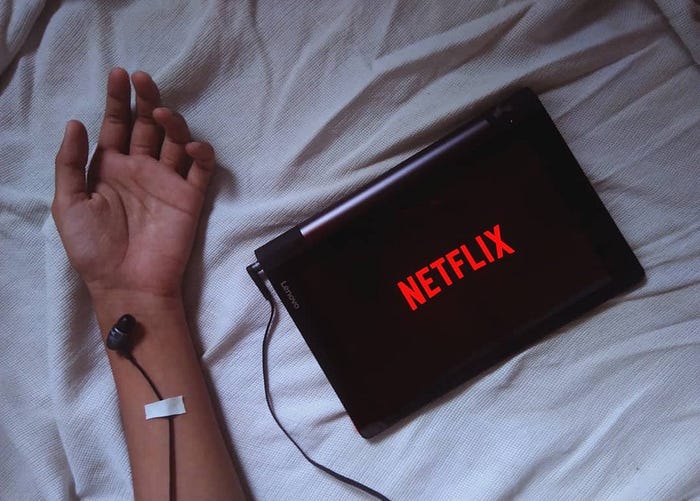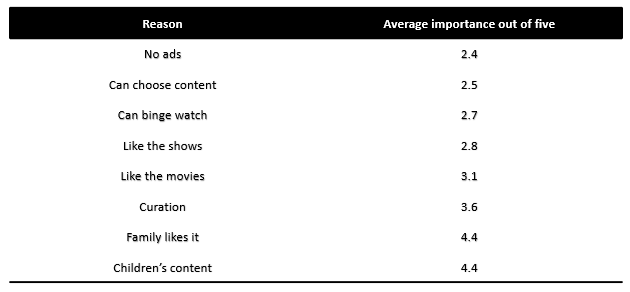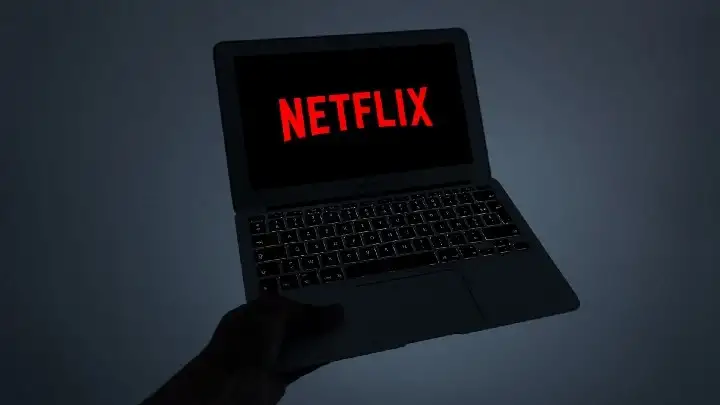
Netflix’s current company valuation is $234 billion. It is currently renowned as the most valued company/media company in the world and transcends even Disney. The success lies in a secret term that is no secret (but the way it’s used in a certain way is a secret) — customer retention.
Customer retention may be defined as the process of engaging the customers and appealing to them to use the service or buy the product.
Now, this may look like a simple tactic at first glance but do note that this is considered by many as the most powerful tactic used by any media company. And Netflix used it so intelligently that their customer retention rate is extremely impressive and keeps increasing over the years.
Can you guess the total subscribers of Netflix? Up until December 2020, Netflix subscribers (paid subscription) amounted to a whopping 203.66 million. This is an excellent milestone for Netflix, as it has crossed the 200 million mark for the first time.

Netflix has really gone a long way ahead of its competitors because of its more successful TV shows and movies that have garnered attention and a high number of views. This has helped escalate the rate of subscriptions. Netflix has been more successful in identifying the true interest of customers or audiences.
Are you wondering why people choose Netflix? And why you chose it?
I came across an informative blog that talked about the top reasons why people choose Netflix. I thought that I should share this here.

How Netflix uses data and big data analytics?
The question looks so simple and straightforward, but only people having the background or experience of working, studying, or playing with data can understand the depth of this question.
For any company or organization, data collection is essential. Imagine Netflix with its 203 million subscribers. Studying the traits of the data of this many customers would be a tremendous task. Netflix uses the collected information, converts them into insights, results, or visualizations, and recommends TV shows and movies as per customers’ preferences and interests. Just read this line again — it almost feels like a supernatural talent or power.
Advanced analytics services can be highly useful when it comes to data collection.
You should be able to relate if you’re a Netflix user. According to Netflix’s study, viewer activity depends on personalized recommendations and the results are true for over 75% of subscribers. Diving deeper into it, several data points have been collected and a detailed profile of each subscriber has been generated. It's hard to believe but, the profile of a subscriber created by Netflix is much more detailed than the information or preferences provided by the subscriber at the beginning of their Netflix usage.
If I want to generalize this, data collected by Netflix is mostly about customer interaction on the application or webpage and responsiveness to shows or movies. To put it simply, if you’re watching any TV show or movie on Netflix, it knows the date, location, and device being used to watch, as well as the time of your watching. On top of that, Netflix also knows about how and when you pause and resume your shows and movies. They also take into consideration if you are completing the show or not, how many hours, days, or weeks to complete the episode or a season or a movie.
Ultimately, it tracks every action taken by the user on Netflix and considers it as a data point. How many metrics will be there in total which Netflix might be using for data collection?
The work is not yet completed! What are some of the extreme points you can think of after reading the last paragraph? Give it a try. You will realize the amount of effort and intelligence required of and implemented by Netflix. Do you have a habit of watching your favorite scenes repeatedly? Then Netflix knows that. Netflix captures screenshots of scenes that viewers watch repeatedly and it categorizes you as per the rating. It keeps track of how many times you search before choosing to watch a show and even what keywords you have used in your search. Imagine how beautiful that data would look if gathered properly. And then after the collection of data, the data is cleaned and a buzz word is implemented, that being the ‘recommendation algorithms’.
At this point in time, you might have understood the reason behind the success of Netflix’s tremendous ability to collect, process, and use data.
Netflix’s ability to collect and use the data is the reason behind its success. It results in better customer retention per year. The study says the rate of customer retention is increasing on Netflix because 80% of users follow the recommendation, and the recommended show or movie is streamed.
Have you ever heard of ‘green-light original content’? Green-light means being allowed to do something. So, green-lit original content is verified or rated content approved on the basis of various touchpoints taken from the user database.
Big data and certain analysis techniques are used for custom marketing, say, for example, to promote a TV show or a movie Netflix releases (which might have various promos or trailers). If a viewer watches content that is more centered on women, the viewer will get a trailer of a movie that is more focused on female characters in that movie.
However, the same applies to many aspects like someone watches movies of certain directors only or certain actors or actresses only. This in and out study or report of each customer reduces the time spent to research on marketing strategies because Netflix already knows the interests and sensitive likes or dislikes of their subscribers.
This is nothing but tracking the actions of subscribers and collecting their data based on this. One technique that is very traditional and Netflix uses that too is to take feedbacks from subscribers. The feedback is then converted into a rating and then the team works on system improvement or recommendations.
Netflix veteran Joris Evers says that there are 33 million various versions of Netflix.
Thank you for reading!
